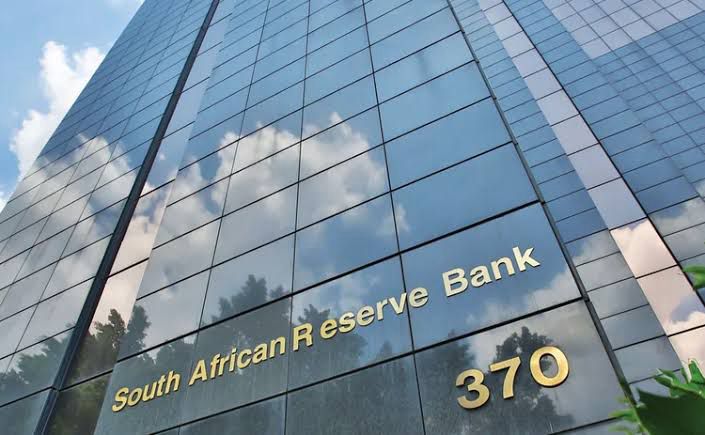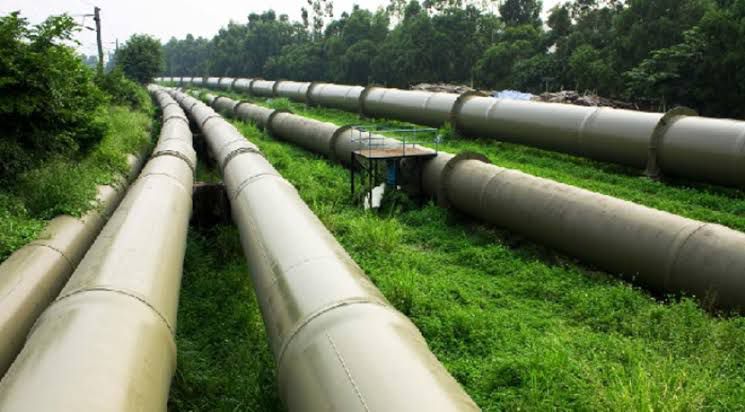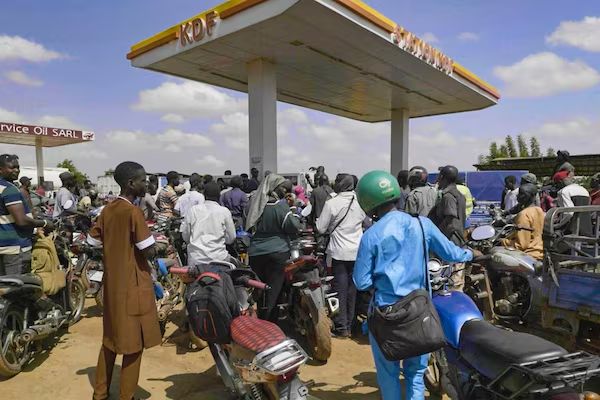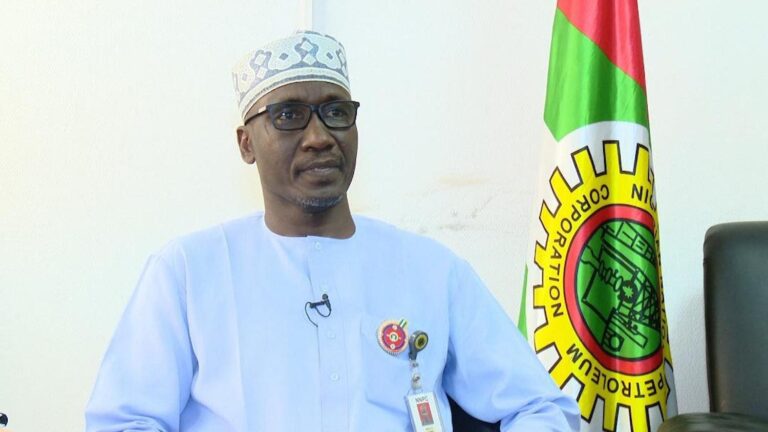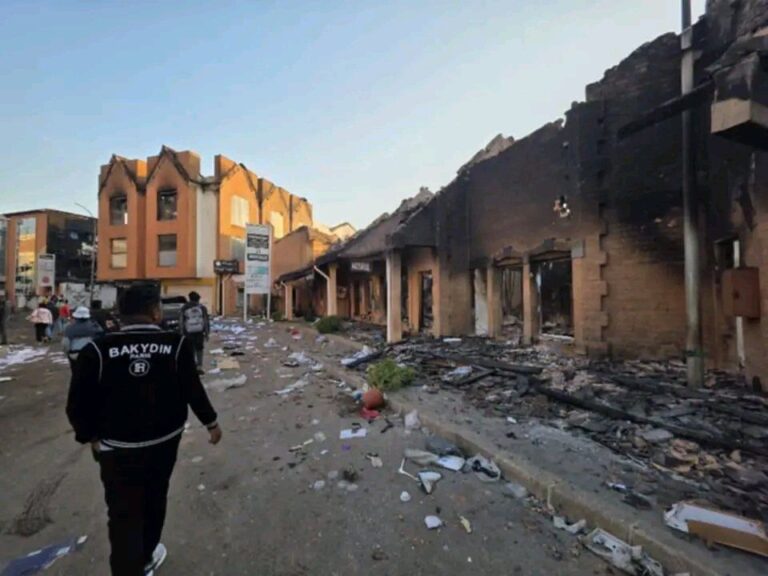A new study by the South African Reserve Bank (SARB) has revealed that South African banks are becoming increasingly hesitant to lend money, as the growing threat of extreme weather events has heightened the risk of loan defaults.
The SARB’s report released on Monday highlights how climate-related physical risks—such as floods, droughts, and storms—are directly impacting the financial sector.
According to the study, “climate-related risks, like any other financial risks, can translate into systemic risk,” as these events can cause significant damage to property and infrastructure. This damage, in turn, can lead to a rise in non-performing loans as “households and businesses struggle to repay debts after suffering economic losses.” The report noted.
The central bank’s analysis found that banks’ credit risk exposure to companies and individuals vulnerable to climate-related events ranges from 30% to as high as 60%.
However, the SARB is now working to ensure the stability of the financial system in the face of escalating climate change impacts. The bank has introduced a Climate Risk Stress Test (CRST) to evaluate the resilience of banks to plausible long-term climate scenarios.
The SARB’s deputy governor, Fundi Tshazibana, emphasized this focus, stating, “Where we are focused as central banks is to say there are risks that are associated with climate change, there are risks that are related to extreme weather events, there are risks related to deterioration in nature.”

Meanwhile, the study also warns that the tightening of lending standards could have broader implications for the South African economy, making it more difficult for certain sectors to secure financing and invest in new projects.



